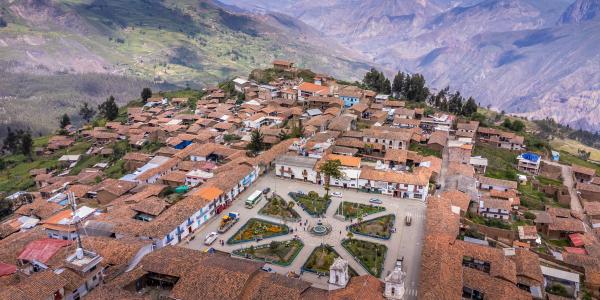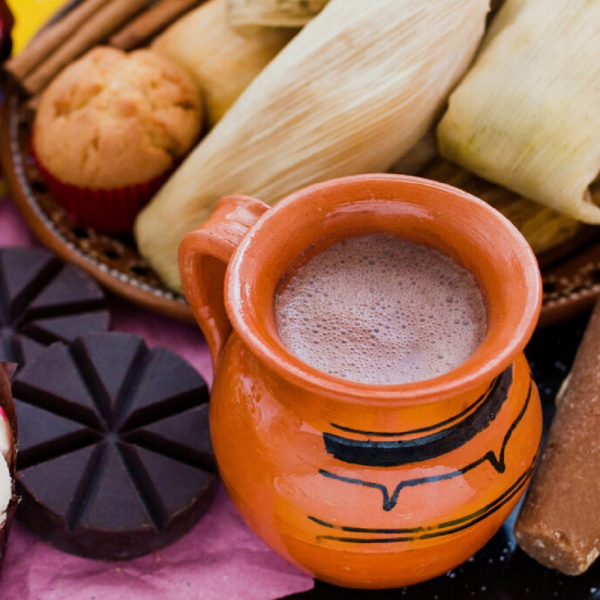Interview with Faculty Fellow Javier García Liendo
By the early 1940s, the Peruvian state knew it had a problem and an opportunity: In a country of 7 million people settled across an area twice the size of France, the biggest portion of their population lived in relatively autonomous mountain regions, and many had little connection to modern Peruvian society. “The 1940 national census— the first since 1876 — showed that little had been done to ‘integrate’ the indigenous, rural population and to exploit the country’s agricultural wealth,” says Javier García Liendo, associate professor in the Department of Romance Languages and Literatures and Faculty Fellow in the Center for the Humanities. “This realization resulted in sustained increases in the education budget and the proliferation of teachers’ colleges, which led to primary education and normalistas (formally trained teachers) finally reaching the most distant rural areas of the Andes.” García Liendo’s book-in-progress, “The Children of Indigenismo: Schoolteachers and the Making of Popular Modernity in Peru,” considers the role of these schoolteachers as agents of rural progress in the Andean provinces of Peru between 1939 and 1967. Here, he offers a preview of the project.
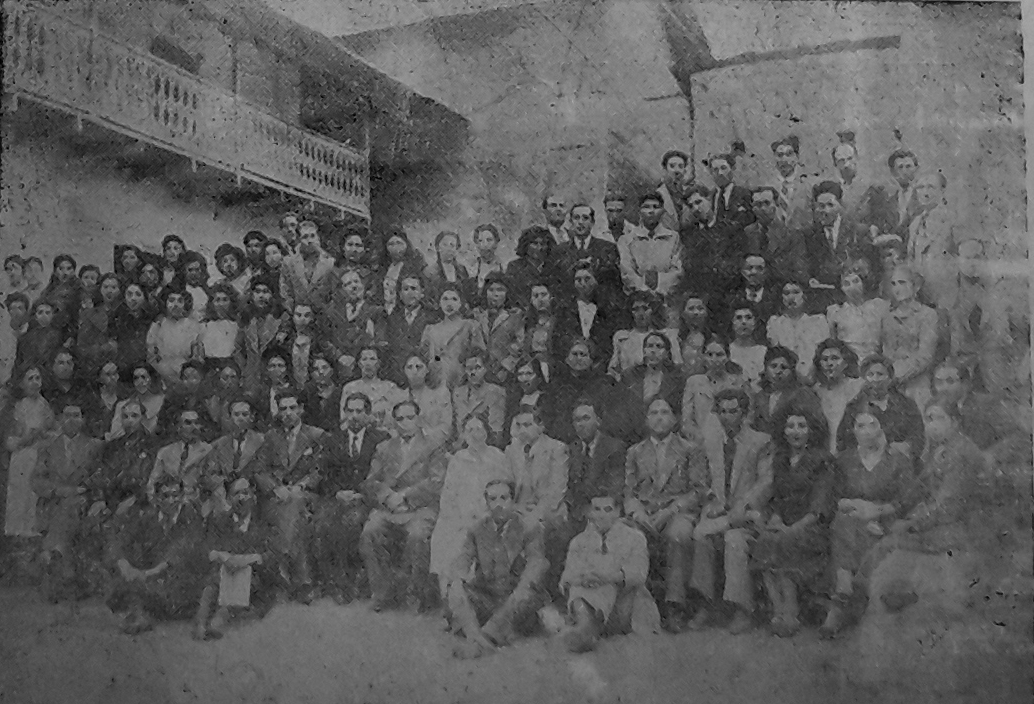
Briefly, what is your project about? What is significant about the period of time you focus on? Can you touch on the concept of indigenismo?
My project studies schoolteachers as agents of rural progress in the Andean provinces of Peru between 1939 and 1967. During this period, schooling spread rapidly to the most distant rural areas of the Andes, and the creation of more teachers colleges favored the presence of normalistas (formally trained teachers) in peasant communities and small towns. Influenced by U.S., European and Latin American pedagogical theories and Peruvian and Latin American indigenismo, normalistas brought together in their work inside and outside the classroom schooling, modernization and indigenous societies. Schoolteachers became local intellectuals, engineers, doctors, literary writers and visual artists in peasant communities and small rural towns.
Indigenismo refers to a broad set of ideas, practices and institutions concerned with the place of indigenous people within modernity. Under the banner of indigenismo, one can find a heterogenous body of social and humanistic thought, literature, arts, legislation, anthropology and so forth. In centering indigenous populations, indigenismo often reproduced racist and paternalistic views about them.
What was life like in the Andean provinces of Peru before the arrival of schoolteachers?
Life in those years was enormously diverse in the Andean provinces. Large cities (of considerable importance since colonial times) had greater interaction with global and national society than medium-sized and small cities, which remained closer to rural life. Small towns, haciendas and peasant communities concentrated most of the rural population. However, modernization has impacted all these spaces since the beginning of the 20th century. The impact varies according to each region, but socioeconomic, political and cultural modernization pushed the Andean region into a vortex of rapid change and cultural loss. Schoolteachers were vital actors in this story.
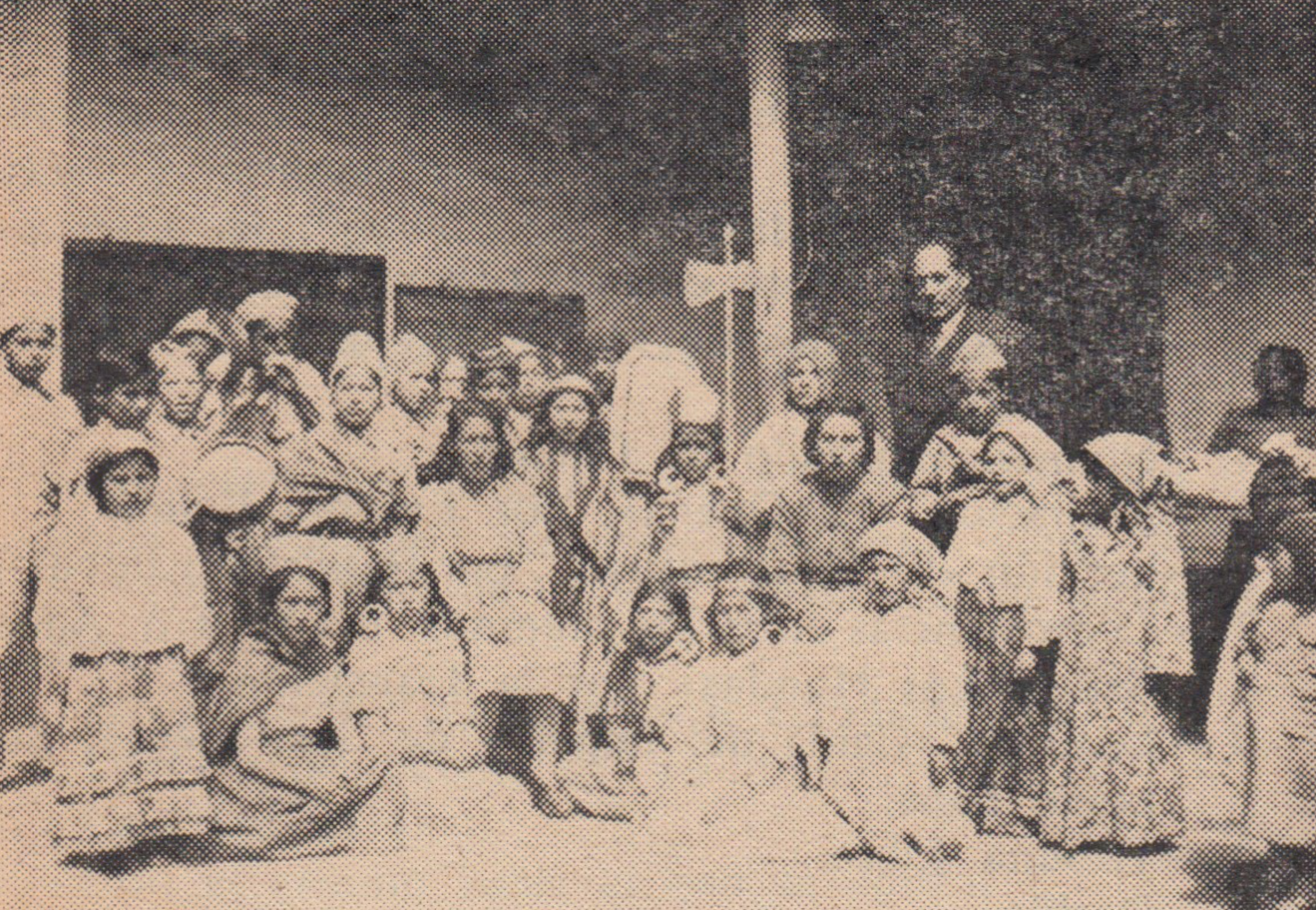
What mission were the schoolteachers tasked with, and what changes did they bring to these communities?
Schoolteachers drew on modern medicine, agro-industrial technology, the diversification of manual trades, home economics and market production to transform peasant economies and societies. They believed that an alliance between the peasantry and capitalist modernization could overcome the persistent exploitation of the indigenous population in Peru. On the other hand, they employed arts, literature, history and local indigenous cultures to create new forms of subjectivity. In doing the latter, schoolteachers sought to develop new ways of understanding identity and local history and to create a new system of representations and emotions that would allow for subjectivity negotiation with capitalist modernity.
In schools, indigenous knowledge was ignored or regarded useless, often seen as an obstacle to modernity. However, at the same time, schoolteachers were interested in rescuing indigenous culture (oral tradition, dance and music) to make modernity compatible with cultural differences. All the work carried out by schoolteachers in these regards remains practically unknown because it was published in local or regional magazines that are very difficult to obtain today.
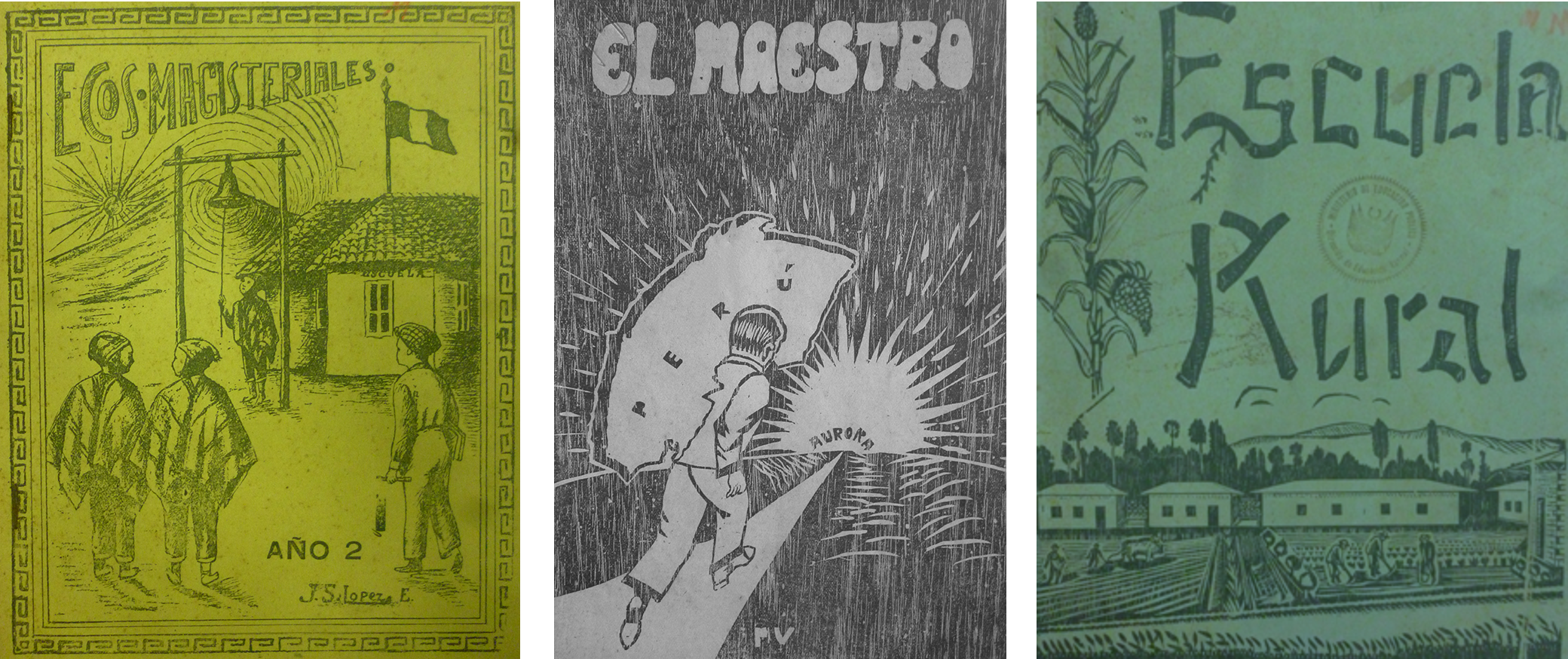
Were the schoolteachers well received or was their pushback to their presence?
Local people’s responses to schoolteachers varied greatly. Generally, older people were more reluctant to change. But I would say that most people supported the schoolteachers’ work. The basis for this support dates back to the late 19th century when peasant societies began demanding for the state to open schools and send teachers. Many peasant communities built their own schools and sent the most promising students to high schools in a city or the capital of Peru. Such an attitude was a response to the advance of the market, the state and the media in peasant societies.
Headline image: Photo of Pallasca, Peru, by Marc Wieland on Unsplash.

